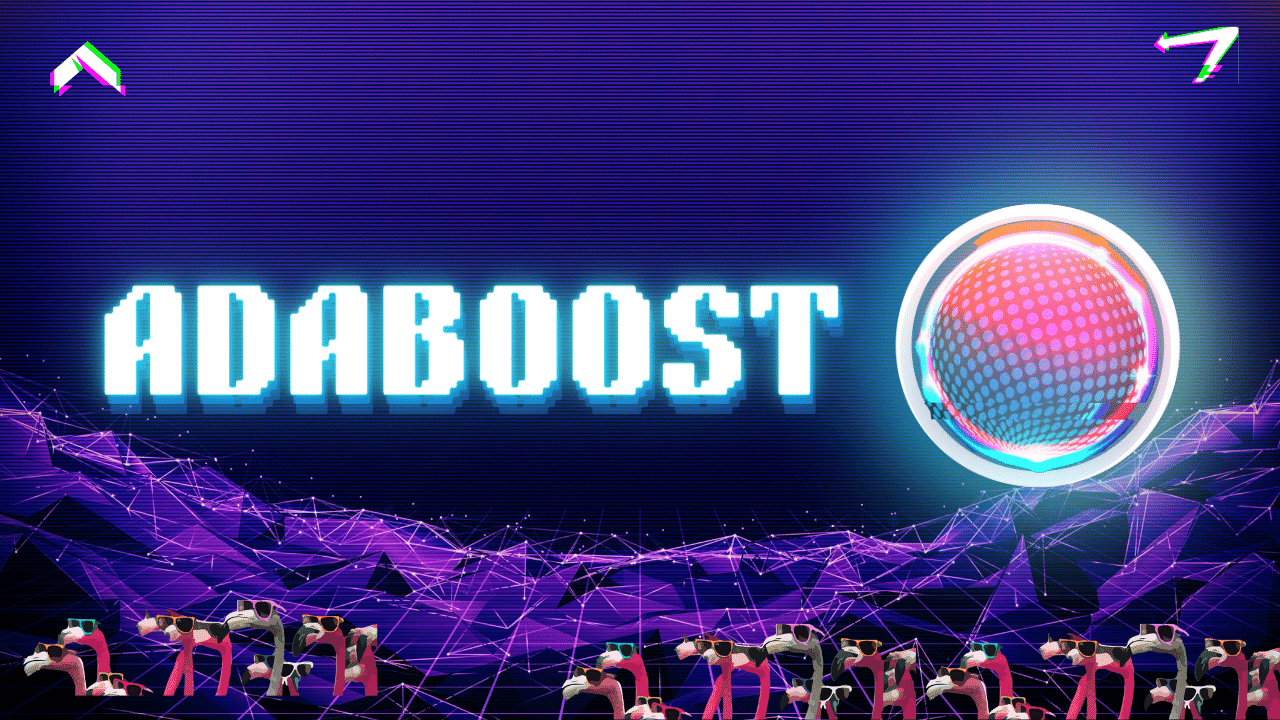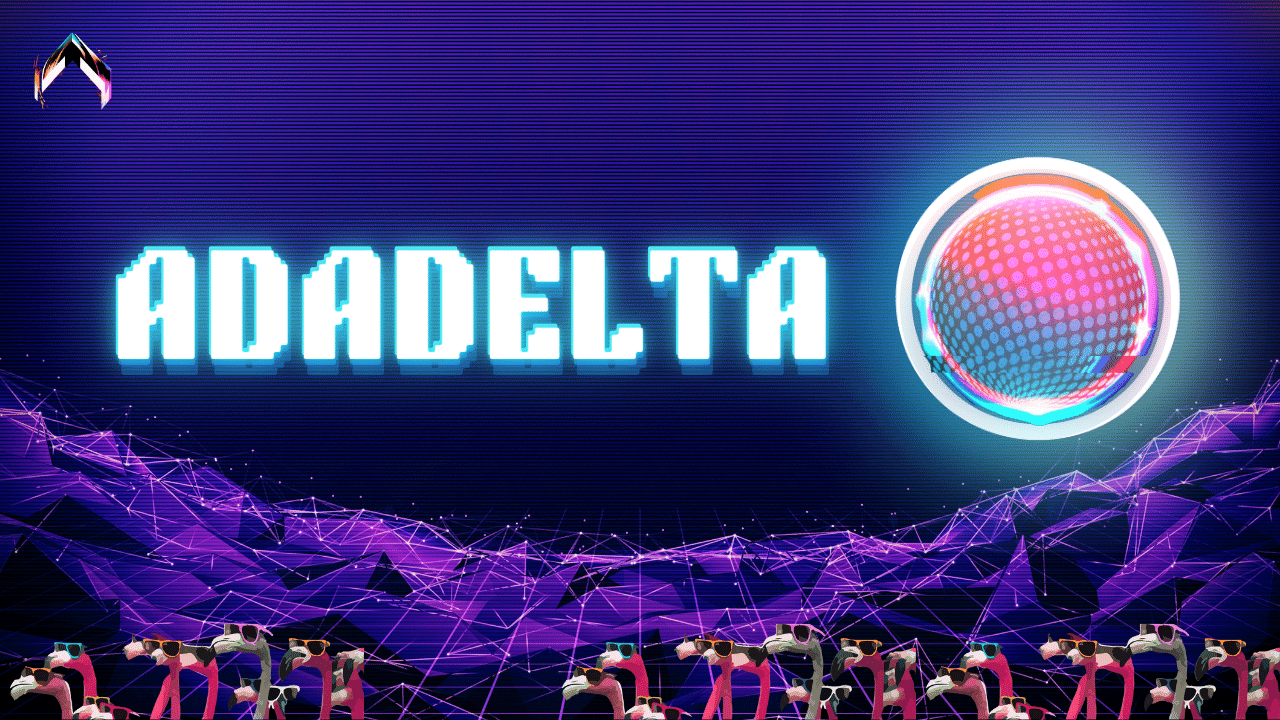Understanding Actor-critic: Definition, Explanations, Examples & Code
Actor-critic is a temporal difference algorithm used in reinforcement learning.
It consists of two networks: the actor, which decides which action to take, and the critic, which evaluates the action produced by the actor by computing the value function and informs the actor how good the action was and how it should adjust.
In simple terms, the actor-critic is a temporal difference version of policy gradient. The learning of
Understanding AdaBoost: Definition, Explanations, Examples & Code
AdaBoost is a machine learning meta-algorithm that falls under the category of ensemble methods. It can be used in conjunction with many other types of learning algorithms to improve performance.
AdaBoost uses supervised learning methods to iteratively train a set of weak classifiers and combine them into a strong classifier.
AdaBoost: Introduction
Domains
Learning Methods
Type
Machine Learning
Supervised
Ensemble
Adadelta is an optimization algorithm that falls under the category of learning methods in the field of machine learning.
It is an extension and improvement of Adagrad that adapts learning rates based on a moving window of gradient updates.
Ever wanted to be listed as a “contributor, editor, or even co-author” on a published book? Now you can!
Simply contribute to the Hitchhiker’s Guide to Machine Learning Algorithms ebook by submitting a pull request and you’ll be added!
Adadelta: Introduc
Clustering is a technique that helps us group similar items together.
Imagine you have a bag of colorful candies, and you want to organize them by color.
You would naturally group the red candies together, the blue candies together, and so on. Clustering algorithms do something similar, but with data points instead of candies.
One such algorithm is called "Mean Shift Clustering," and in this article, we'll explore how it works in a simple and intuitive way.
Mean shift
Mean shift is based o

